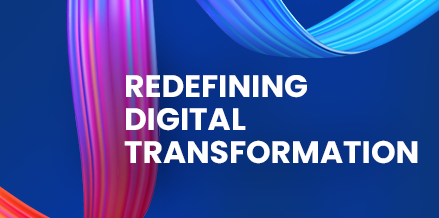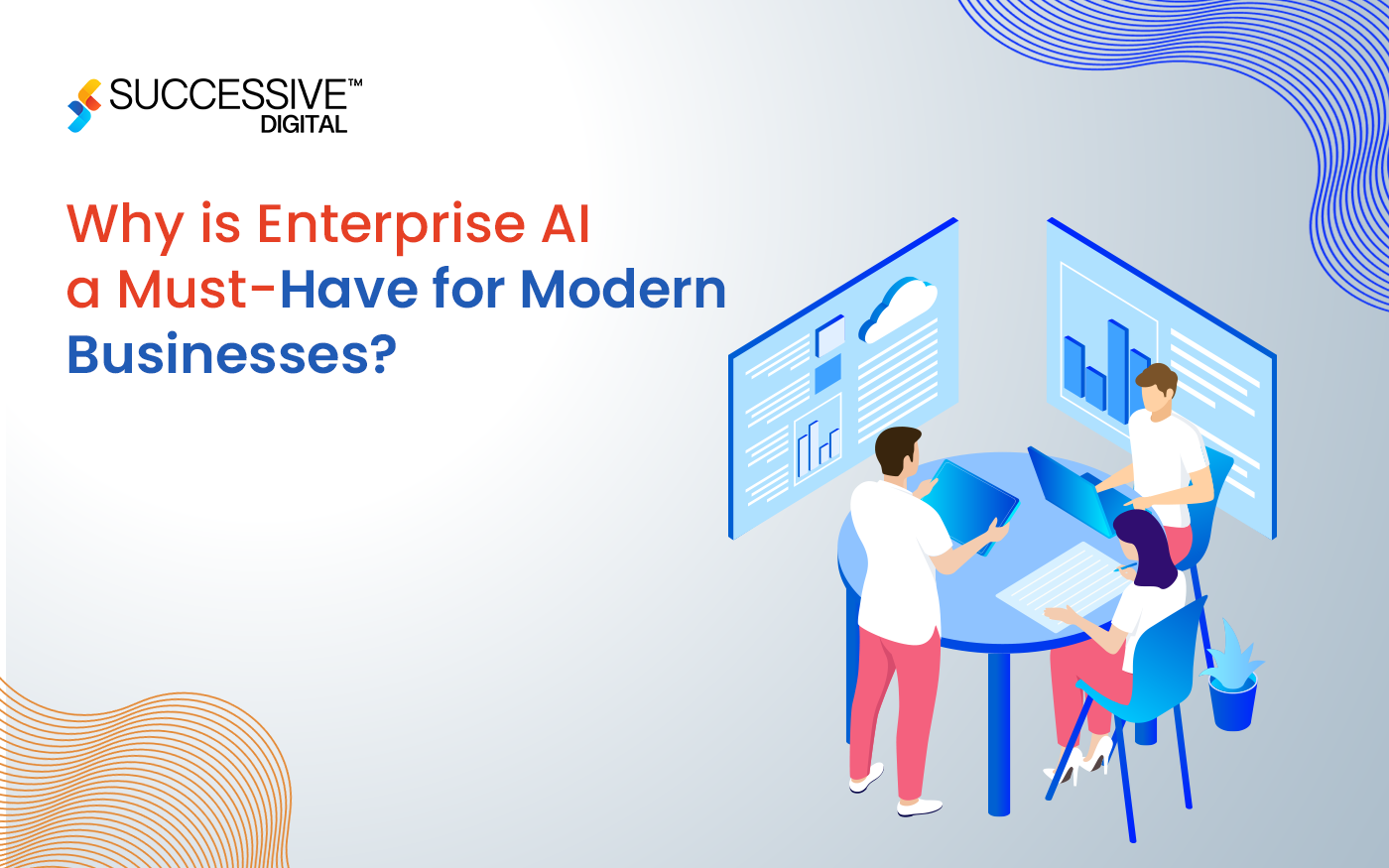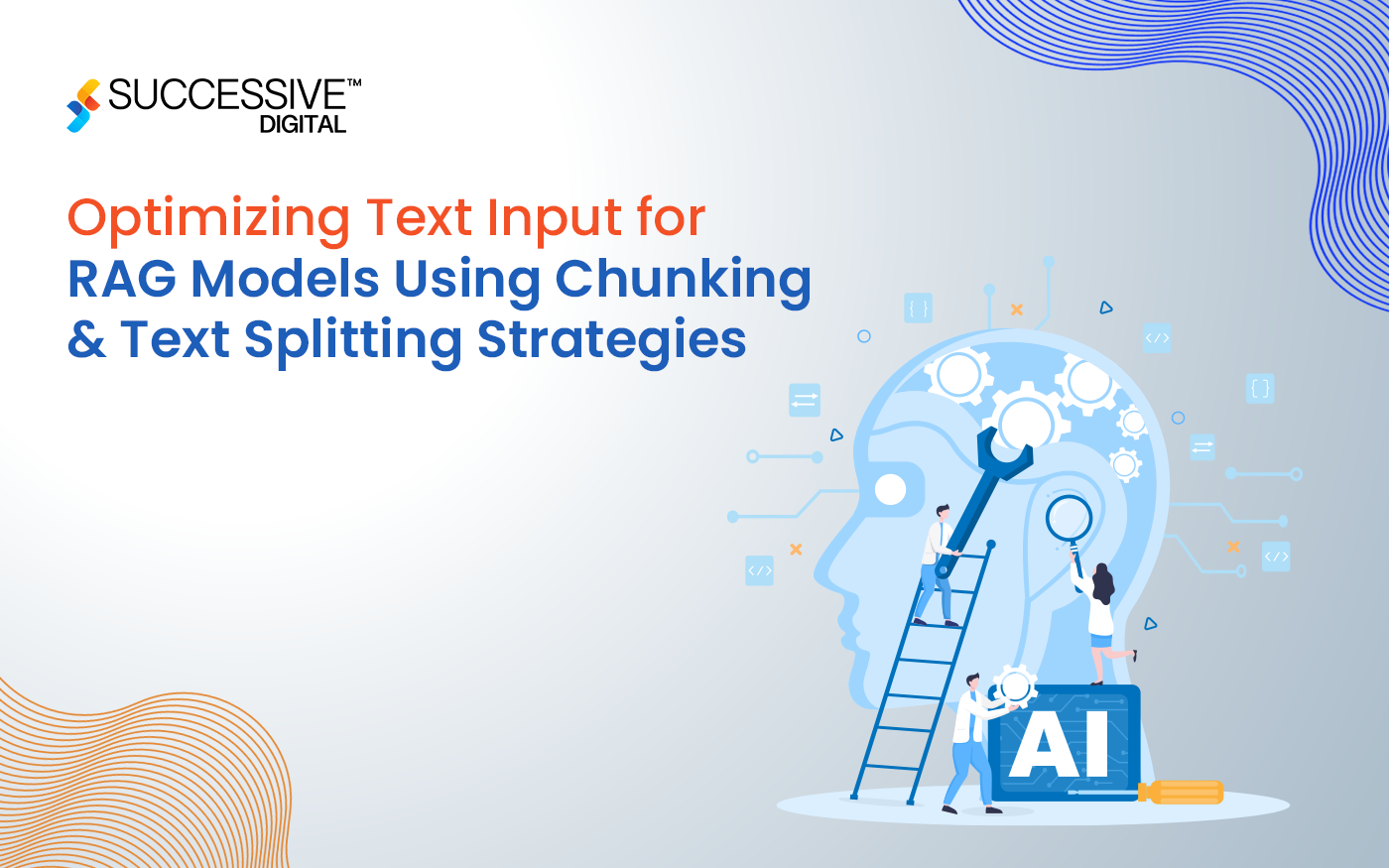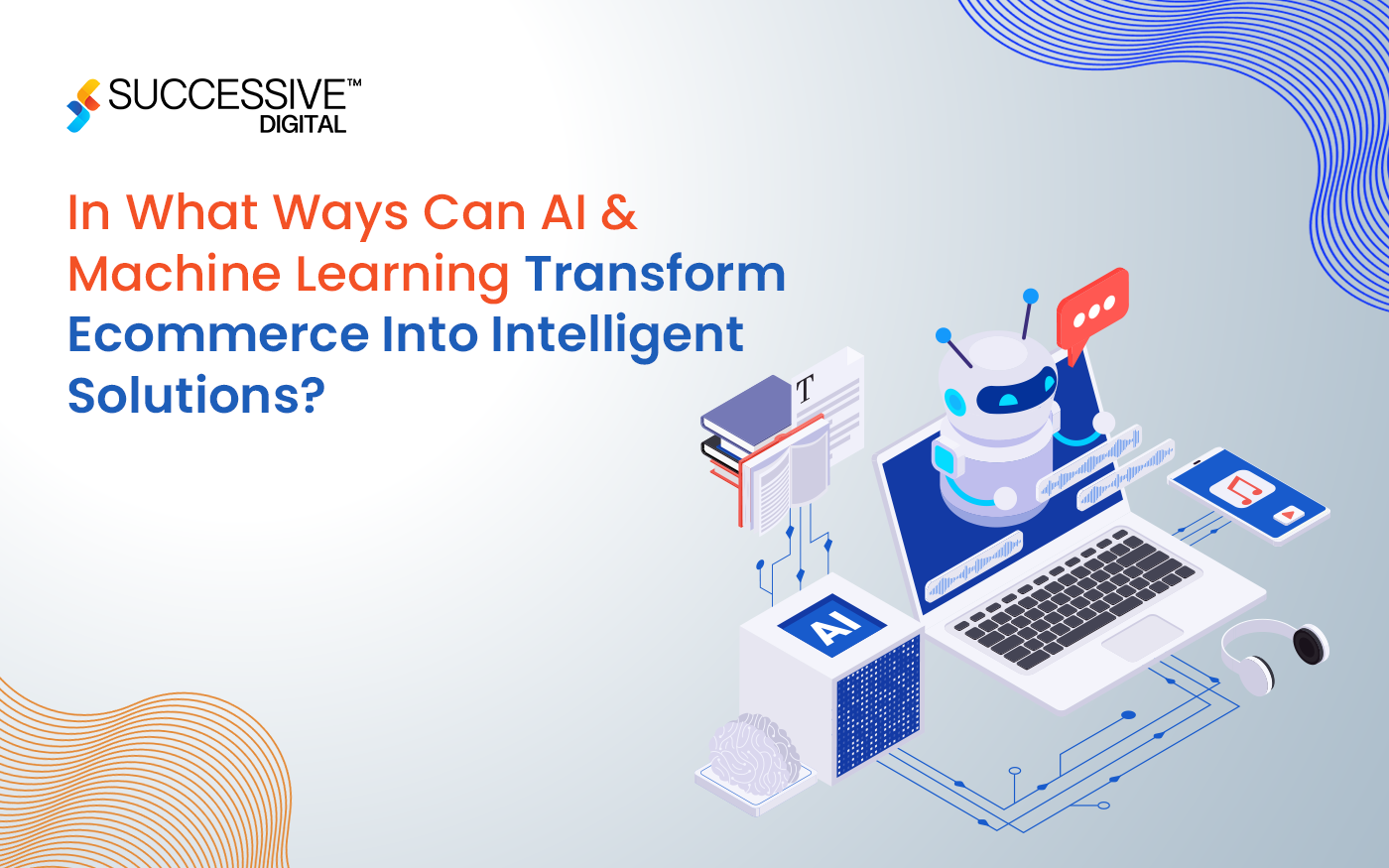The digital acceleration of the financial world has never been seen before. Payments are quicker, onboarding is immediate, and the ability to access services anywhere around the globe has become the norm rather than the exception. However, the same convenience of the digital world has created new opportunities for cybercriminals. A 2023 study by global financial institutions showed losses exceeding $485 billion due to fraud cases, demonstrating the necessity of using a more advanced system for Fraud Detection, especially AI-powered fraud detection to protect the entire organization. Standard methods have been put to test in order to stay abreast of attackers. This is the reason why nowadays the prevention of fraud is considered one of the pillars of the digital transformation strategy by many institutions, and the arrival of security and scalability are no longer considered as independent functions.
As FinTech becomes woven into daily life – mobile banking, instant credit scoring, embedded finance, digital wealth management – the fight against fraud has become a boardroom priority rather than a back-office function. And today, the most effective line of defense emerges from the rapid evolution of AI Models, enabling organizations to respond to risks in real time.
Evolving Fraud Threats Require Evolving Solutions
Financial fraud is no longer limited to stolen cards or forged documents. Modern threats are complex and multilayered, including:
- Synthetic identity fraud
- Deepfake-driven impersonation
- Bot-powered card testing
- Real-time payments exploitation
- Cross-channel fraud rings
- Insider transaction manipulation
These new vectors prove why Risk Mitigation depends on adaptive intelligence and AI-powered fraud detection rather than static rules.
Why Traditional Fraud Controls Are No Longer Enough
Financial crime in the present times is rapid, organized and dynamic. Attackers are incorporating advanced automation, identity spoofing, and multi-platform laundering which cannot be detected by traditional systems. Millions of signals per second cannot even be evaluated manually by the most experienced analysts. Machine learning for financial security allows institutions to process millions of signals per second.
Legacy controls break down because they are:
- Static rather than adaptive
- Slow to update and react
- Prone to false positives
- Limited by rigid rules
- Unscalable for real-time payments
This is why the global shift to AI Models is accelerating. Machine learning can analyze risk at a pace and precision far beyond rule engines. It enables scalable, live Fraud Detection and minimizes friction for trusted customers – something both regulators and executives demand.
AI Moves From Concept to Everyday Financial Reality
As predictive analytics in FinTech expands, organizations can detect irregular patterns in real time. Artificial Intelligence has matured far beyond theoretical pilots. It is now embedded in daily banking operations. Examples include:
- Morgan Stanley uses AI to curate investment insights for ~16,000 financial advisors.
- Upstart uses AI underwriting to extend credit beyond traditional scoring models.
- Challenger banks and FinTech platforms deploy intelligent chat and advisory interfaces.
- Card networks rely on behavioral fingerprinting for real-time risk mitigation.
These are not experiments. They reflect a global shift toward operational AI, where AI in FinTech drives revenue, efficiency, and customer trust – not just cost reduction.
McKinsey estimates that banking and capital markets could unlock up to trillions in additional value through full AI adoption. However, success depends on strategic implementation that balances innovation with responsibility. This is where a mature AI strategy becomes critical.
Also Read: Fintech Innovations: Transforming the Financial Landscape
Where AI Is Creating the Greatest Impact in Financial Services
AI is now embedded across the full value chain of financial operations.
- Underwriting and Credit Access: AI uses enriched data sources to generate more accurate credit decisions, especially for underserved borrowers.
- Wealth Management and Advisory: Robo-advisors now manage portfolios dynamically using economic, sentiment, and market indicators.
- Customer Support: Virtual assistants automate millions of queries and free humans for complex financial needs.
- Real-Time Transaction Monitoring and Fraud Prevention: The strongest and most urgent use cases are instant payments and cross-border transfers.
Real-time Fraud Prevention powered by AI Models, the core of modern real-time fraud prevention is delivering the most measurable financial ROI.
AI-Driven Fraud Defence: A New Standard in FinTech
Fraud no longer occurs in isolation. Criminals execute coordinated, multi-channel strategies across apps, cards, crypto networks, and social engineering ecosystems. Blocking these threats calls for a unified approach to Risk Mitigation that evolves as quickly as attackers.
AI enables this through:
- Supervised learning for pattern recognition
- Unsupervised learning for anomaly detection
- Deep learning for sequence-based behavior analysis
- Graph neural networks for fraud-ring mapping
- Stream analytics for real-time transaction scoring
With these capabilities including fraud prevention with deep learning, AI in FinTech empowers financial institutions to stop transactions before funds are lost – transforming Fraud Detection from reactive alerting to proactive prevention. Deep learning and AI-driven risk scoring help institutions evaluate suspicious behavior instantly.
Real-World Case Studies: Proof of Impact
Leading FinTech platforms demonstrate the power of AI-driven security:
- JPMorgan Chase uses large language models to identify suspicious transactions, reducing fraud losses by 40%.
- Mastercard proactively blocks fraudulent payments before money leaves customer accounts.
- Stripe Radar uses insights from billions of global data points to cut card-testing attacks by 80%.
Their success shows that scalable security works best when powered by real-time AI Models integrated into end-to-end financial workflows.
Why Digital Transformation Strategy Matters
AI is not a plug-and-play capability. Institutions succeed only when they build it into a holistic and continuous framework for reinvention.
A winning digital transformation strategy includes:
- Data standardization
- Cloud modernization
- Talent development
- Technology-risk governance
- Embedded compliance
- Customer experience design
In this context, Fraud Detection and Risk Mitigation are not defensive tasks — they are engines of trust and long-term growth.
Ethical and Regulatory Imperatives
As AI reshapes financial decisions, regulators have sharpened their focus on fairness, transparency, and privacy. Frameworks such as MAS FEAT, the US AI Bill of Rights, and the EU AI Act reinforce the need for:
- Explainable AI
- Bias-mitigation safeguards
- Privacy by design
- Model accountability
- Documented oversight
The organizations that will lead the future of FinTech are not just the fastest innovators. They are the ones integrating a responsible AI strategy into the heart of their operating model.
The Future of Fraud Prevention: From Reactive to Predictive Finance
The next era will rely on predictive fraud intelligence to stop threats before they fully emerge. The next generation of financial security will be shaped by major shifts:
- Real-time behavioral biometrics
- Continuous identity assurance
- Zero-trust transaction screening
- Predictive risk scoring instead of post-incident investigation
When AI Models drive these capabilities, fraud controls become invisible to trusted users yet impenetrable to attackers. That is the long-term vision of AI in FinTech – seamless security the customer does not feel.
Also Read: Fintech – How Can You Enhance Your Fintech Platform With AI?
The Message for Industry Leaders
The organizations that win the future will recognize one fundamental truth:
“Security is not an IT feature – security is a business model.”
Leaders who embed AI strategy across payments, onboarding, lending, and customer experience will:
- Reduce operational losses
- Increase customer trust
- Accelerate digital adoption
- Strengthen regulatory confidence
- Enable frictionless innovation
As FinTech ecosystems merge with global financial infrastructure, real-time Fraud Detection will be non-negotiable rather than optional.
Conclusion
Financial crime prevention is changing with AI. It helps to increase precision, minimize false positives, identify early threats, and to protect the institutions and customers. Financial fraud detection using AI is becoming essential to protect digital-first institutions. The next decade of financial innovation will be characterized by the leaders that invest in more than just the current advanced technology but also a responsible and scalable digital transformation strategy. The future is in the organizations that safeguard convenience and trust by means of smart risk mitigation, open-minded automation, and resilience on the scale of security.
In case you would like to build scalable Fraud Detection, real-time analytics, and responsible AI Models to fit modern banking and FinTech, we are ready to assist you.
FAQ
AI helps analyze millions of transactions in real time, detect anomalies, identify patterns, and prevent fraud before it happens—far more efficiently than rule-based systems.
AI Models adapt to evolving fraud patterns, reduce false positives, support real-time monitoring, and strengthen overall risk mitigation strategies.
AI accelerates automation, enhances decision-making, strengthens compliance, and builds scalable fraud detection frameworks—making it central to modern digital transformation.
Real-time systems use streaming AI Models that score transactions instantly, identifying suspicious behavior before money is lost.
The future lies in predictive AI, behavioral biometrics, continuous identity assurance, and zero-trust intelligence to counter multi-layer fraud attacks.












